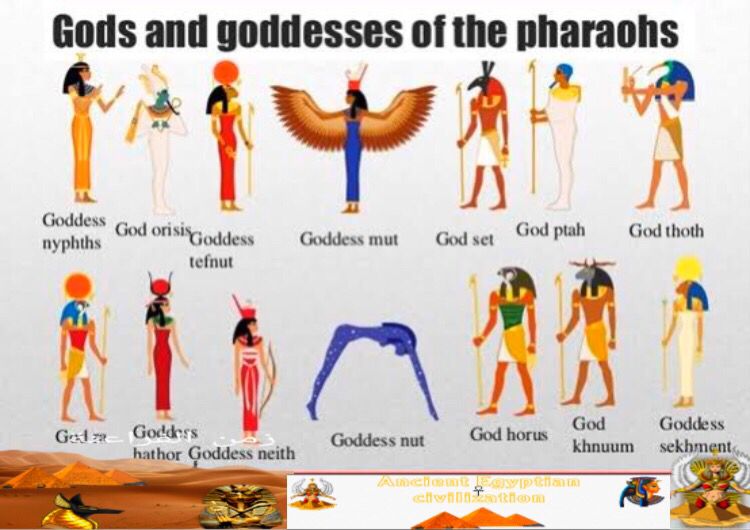Ancient Egyptian art
The stability of the ancient Egyptian, after his knowledge of agriculture, the domestication of animals, and the kindling of fire, led to his knowledge of ancient Egyptian art, which expresses what this man has reached in terms of drawing, engraving, sculpture, and architecture decoration in all aspects of his daily life The methods of this art went through many stages of emergence, development, deterioration, and stages of maturity and prosperity, and each stage had its own character and characteristics that distinguished it from others
Ancient Egyptian art means the art of drawing, engraving, and the art of sculpture (carving statues). Each piece of art has its own characteristics. The art of engraving is divided into three types.
The first type: is simple sketches that dig simple holes in the surface of the image or draw these lines in colors
The second type: Drawings whose outer lines are not drawn in colors, but rather colored in all (color picture)
The third type: Is a drawing embossed on a low surface that appears either prominent or recessed
Four schools of art appeared throughout ancient Egyptian times: the ideal school - the realistic school - the school in which the two were mixed together - the Etonian school.
1 - The Ideal School: It expressed the non-reality and showed its owners (especially the kings) in the best way without looking at their faults, and it was a school that was specific to the royal family and senior statesmen.
2 - The realist school: it expressed the reality of its owners and sometimes the reality of its era and showed the general public as they wished for their works and their moral defects without adhering to the rules of drawing, engraving, or sculpture.
3 - The school that combined idealism and realism: It emerged in some periods, especially in the Middle Kingdom era and the late ages, and the statues of its owners from the royal family and senior statesmen showed some idealism mixed with realism (statues of the Twelfth Dynasty).
4 - The Atonian School: This school expressed the art of the Akhenaten period (the art of Amarna). This school appeared during the reign of King Amenhotep III and continued after the reign of Akhenaten and during the reign of King Tutankhamun and Horemheb. This school was associated with the place of the new call (the sister of the Aten) and the king Akhenaten, and this school portrayed Akhenaten as a representative of the god Aten on earth, so it depicted Akhenaten in his statues and an image that combined masculinity and femininity in one composition, as if Akhenaten wanted to show himself in front of people as the human embodiment of the god Aten who created himself by himself, and this school depicted Akhenaten and his family in scenes The daily life that appeared was exaggerated, which gave the artist the freedom to express it



Comments
Post a Comment